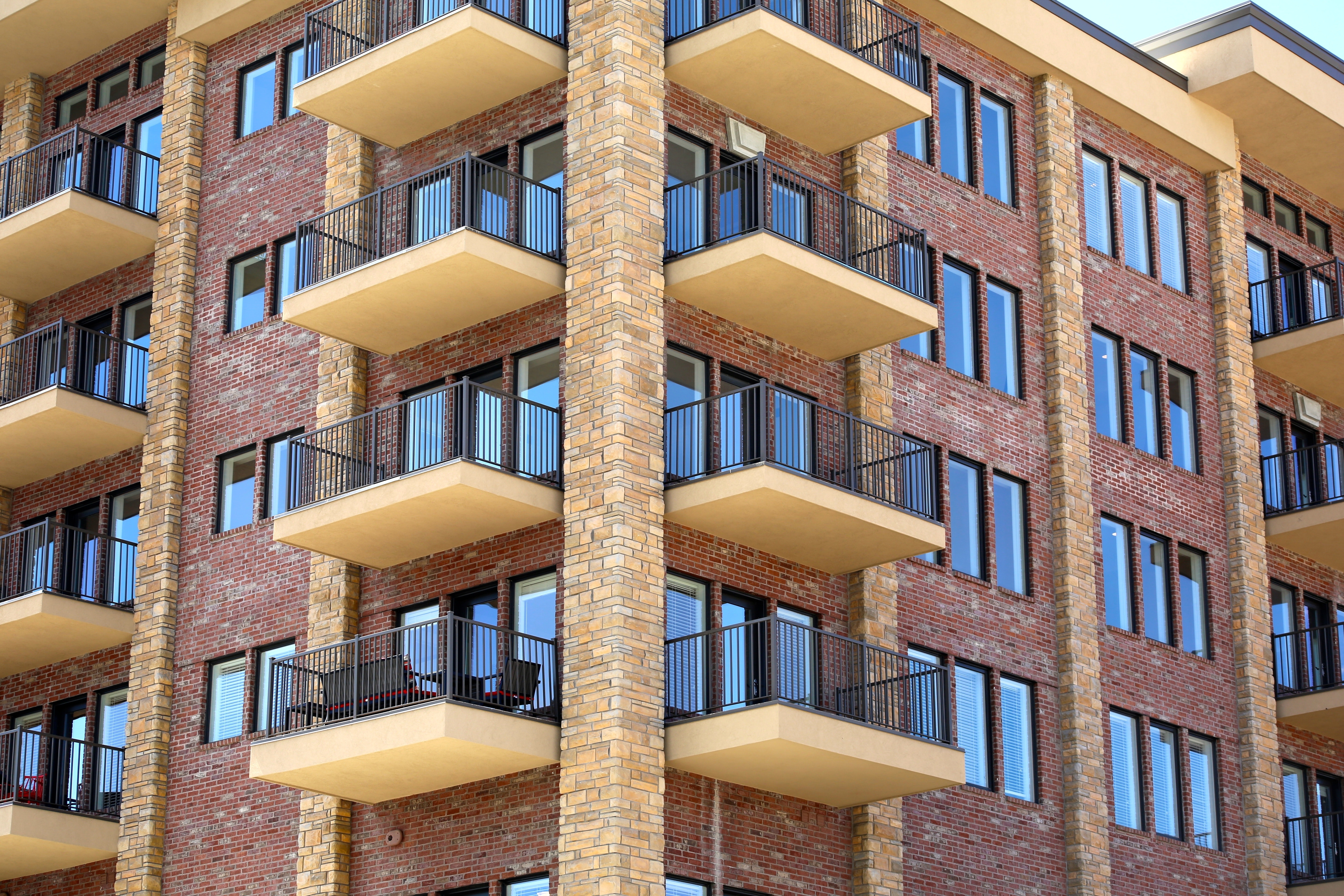 Technology is changing the very fabric of our lives. Everything from traveling to grocery shopping now has a connected, digital solution. But these changes are not just isolating themselves within our smartphones and tablets only to be used when we are hungry or need a ride.
Technology is changing the very fabric of our lives. Everything from traveling to grocery shopping now has a connected, digital solution. But these changes are not just isolating themselves within our smartphones and tablets only to be used when we are hungry or need a ride.
Now, they’re coming home with us.
Smart homes and apartments, with interconnected appliances and services, are no longer a thing of the future. They are here now, and they are saving us time and expense. IoT (Internet of Things) solutions are turning the place we call home into interconnected, efficient, modern living spaces, previously only thought of in context of “The Jetsons.”
Smart home technology is one of the fastest growing segments of the built industry, with a projected revenue of $27 billion by 2021. Yet, this isn’t just a fad. Demand is high for homes to be equipped with electronic locks, thermostats, and window shades controlled and adjusted from a smart device. A recent study conducted by Wakefield Research and Schlage showed that about one in ten millennials are willing to pay more for homes and apartments outfitted with smart tech.
Various companies are capitalizing on this growing opportunity and making connected smart homes a reality. Latch specializes in smart locks, allowing users to control their door locks with cellphones, door codes, and key cards. There is even an option where users can give guest access. Amazon Hub streamlines package delivery by providing a secure place to pick up deliveries so that lobbies become less crowded and packages remain safe.
Homebase, a Kansas City-based smart apartment technology company, aims to provide all-encompassing smart solutions for multi-family dwellings as opposed to just one solution like security or package management. Designed to be used by tenants and building property managers alike, Homebase focuses on three key pillars for smart building maintenance and tenant management: connectivity, community management, and automation.
 In a conversation with BuiltWorlds journalist Jim Lichtenwalter, Homebase’s CEO Blake Miller described how the platform’s focus on connectivity differentiates itself from other IoT and smart home technologies. “We work with building owners to future-proof their buildings with two different connected infrastructures: a building-wide WiFi network and a Bluetooth mesh network that connects the WiFi with local smart devices,” he said.
In a conversation with BuiltWorlds journalist Jim Lichtenwalter, Homebase’s CEO Blake Miller described how the platform’s focus on connectivity differentiates itself from other IoT and smart home technologies. “We work with building owners to future-proof their buildings with two different connected infrastructures: a building-wide WiFi network and a Bluetooth mesh network that connects the WiFi with local smart devices,” he said.
The WiFi network functions as an internet service provider (ISP) for the entire building, in order for the building owner to provide their tenants with WiFi instead of relying on traditional cable providers.
“This allows the building to rely on one connected infrastructure as a platform opposed to hundreds, if not thousands, of cellular gateways,” Miller said.
The mesh network permits smart devices in the units and building, including access control and security systems, to connect to a central, building-wide network.
Homebase also provides its users with intelligent building and community management services that make day-to-day operations easier and more streamlined. The platform allows residents to pay their rent and request maintenance from a smart device. This is a far cry from traditional apartment buildings which rely on phone-based maintenance requests and paper rent checks. On the manager side, a building owner can oversee automated maintenance tickets and control unit devices, such as lights, locks, and air conditioning, in empty apartments to save money and increase efficiency.
Automation of smart devices is also a key part of Homebase’s platform. Technologies such as electronic locks and thermostats need to be installed and monitored so they can function correctly.
“We help procure the varying smart devices that could go inside a unit or common area,” said Miller. “Homebase also installs and manages devices for property owners as a managed service.”
Homebase was created as a single platform to manage all of a building’s various smart devices and IoT technologies. As opposed to having siloed programs and appliances that don’t speak to one another, Homebase binds everything together so it can be easily managed from one pane of glass for each user of the building.
“Right now, there is so much new technology and there’s so much that can be done to make a building smart,” Miller said. “But there are not many ways to manage everything from a single dashboard.”
This use of smart home technologies what is appealed to Lance Carlton, the president of UCB Properties, a property developer of single-family homes and apartment buildings in Kansas City. The company is in the process of constructing a development called Scholar’s Row, which consists of 50 micro-unit apartments geared toward college students and millennials. Homebase’s platform is being installed in the building, and UCB has plans to put Homebase in another one of its future projects.
“Homebase really takes everything and brings it together into one easy-to-use platform,” Carlton said in a conversation with BuiltWorlds. “The next generation of renters is expecting seamless technology integration and connectivity, and the focus on community management that Homebase offers is going to be standard as the rental market develops over the coming years.”
Moving forward, Miller believes that focusing on community beyond just IoT is what will set Homebase apart from other smart home and apartment providers.
“We want to build tools for property owners to be able to deliver so much more than just four walls and a roof,” he said. “We call that living as a service, and if we build for those people who can move into a building and have the total flexibility of living as a service, then we are successful.”
To learn more about smart apartments and hear from Blake Miller, be sure to check out the piece we wrote about the subject for BuiltWorlds here.


Discussion
Be the first to leave a comment.
You must be a member of the BuiltWorlds community to join the discussion.